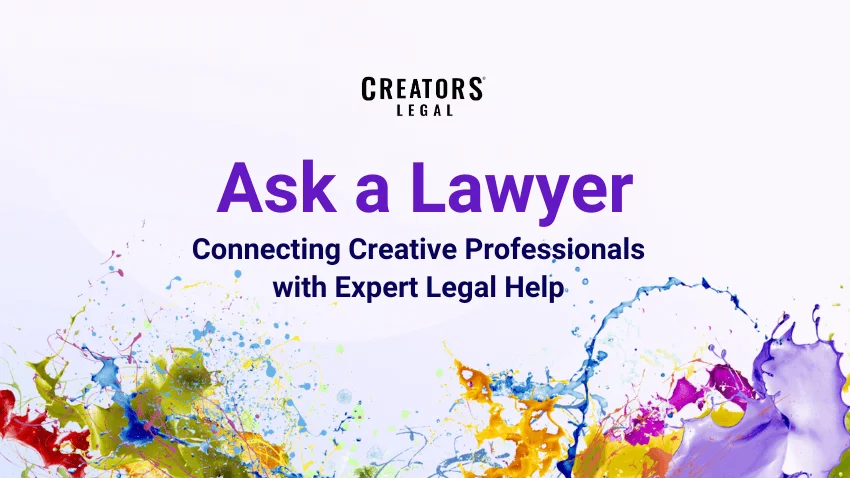Have you ever wondered what goes into a content collaboration contracts? Whether you’re a seasoned creator or just starting, understanding the ins and outs of these agreements can significantly impact your creative projects and professional relationships. This article aims to arm you with essential legal knowledge, breaking down the complexities of User-Generated Content (UGC) contracts into clear, manageable parts.
From ownership rights to compensation details, we’ll explore what you need to know to navigate these contracts confidently. Why should you care about the specifics of a contract? A well-crafted agreement establishes clear expectations, timelines, and responsibilities for all parties involved. It provides a foundation for building sustainable, productive collaborations that enhance creative endeavors. Keep with us as we detail the key components of UGC contracts and share strategies to handle potential conflicts, ensuring your creative journey is as smooth and rewarding as possible.
Become One of 8,000+ Innovators Transforming the Future your Business!
Subscribe and access over 300 editable and downloadable contracts
Understanding the Basics of Content Collaboration Contracts
User-generated content (UGC) contracts are pivotal in defining the relationship between content creators and brands. These agreements lay the groundwork for collaboration, ensuring parties understand their roles, responsibilities, and benefits. A robust content collaboration contracts typically includes several key components:
- The scope of work
- Content ownership
- Compensation
- Deliverables
- A clear timeline.
- Each element plays a crucial role in safeguarding the interests of all involved parties.
The scope of work should be detailed and specific, outlining the expectations of the content creator. This clarity helps prevent misunderstandings and sets a solid foundation for the partnership. Content ownership is another critical component, determining who has the rights to the created material. Compensation terms are equally important, as they outline how and when the creator or artist gets a reward for their efforts. Finally, deliverables and timelines ensure that both parties are on the same page regarding deadlines and the final outputs expected from the project.
Navigating Legal Clauses and Ownership Rights

Understanding and negotiating publishing ownership clauses are crucial for any creator entering a content collaboration contracts. These clauses determine:
- Who owns the created content at various stages
- The stages would be production, upon completion, and after the content’s delivery.
Creators must guarantee that their rights are protected while also respecting the rights of the brand. By negotiating terms that offer fair use rights to the brand, it is possible to achieve this balance, besides retaining certain rights for the creator.
For instance, a creator might agree to give a brand the exclusive use of the content for a year, after which the creator regains full rights, or they might license the content for use across platforms only. It’s crucial to have these terms spelled out clearly in the contract. Creators should seek to understand the legal implications of these clauses and, if necessary, consult with legal professionals to ensure their interests are well-protected.
Compensation and Timeline: Setting Clear Expectations

Clearly defined compensation terms are vital for harmony and satisfaction in creative collaborations. These terms should specify the amount, the payment schedule, and conditions. This clarity helps to prevent financial disputes, which are common in projects. For example, a content collaboration contracts might include payment milestones tied to the completion of specific deliverables or a lump sum payment upon the final approval of all content.
Setting realistic timelines and expectations for deliverables is equally relevant. A well-structured timeline helps manage both parties’ expectations and provides a clear roadmap for the project. It should realistically reflect the time required to complete the work, considering all stages, from brainstorming and creation to revisions and final submissions. Here are some points to consider when defining timelines:
- Project kickoff and briefing dates
- Checkpoints for reviewing progress
- Deadlines for initial drafts and final submissions
- Dates for feedback and revisions
Preventing and Managing Conflicts in Collaborations

Conflicts in creative collaborations can be costly, not just in financial terms, but also in terms of time and project outcomes. Statistics show that 56% of employees have seen conflicts lead to project failure, highlighting the importance of effective conflict management strategies in creative projects. It is crucial to establish clear communication channels and regular check-ins. These practices ensure that both parties are aligned and can address concerns before they escalate into big problems.
It is better to have a predefined resolution strategy within the contract to prevent conflicts. For instance, mediation clauses or agreed-upon steps to address disputes. As a result, you can help maintain a positive working relationship, leading to more successful project outcomes. Here are some strategies to consider:
- Regularly scheduled meetings to discuss project progress and any concerns
- Clear, documented communication, preferably in written form
- A neutral third party or mediator for when disputes arise
By understanding and implementing these aspects of UGC contracts, creators can protect their legal rights while fostering positive and productive relationships with brands. This knowledge empowers creators legally and enhances their professional engagements, ensuring their creative and financial contributions are respected and rewarded.
Wrapping Up: Key Insights on Navigating Content Collaboration Contracts
Navigating the complexities of content collaboration contracts s is crucial for safeguarding your creative and financial interests in collaborations. We’ve explored the essential components of these agreements, including the scope of work, content ownership, compensation, and timelines. Understanding these elements helps set clear expectations and responsibilities. Also, ensuring both parties are aligned and their conflicts minimized. Properly managing legal clauses and ownership rights protects your creative outputs. Also, it maintains a harmonious relationship with brands.
The strategies discussed for preventing and managing conflicts are vital for the smooth execution of projects. Remember, clear communication and predefined resolution strategies are your best tools for addressing disputes effectively. As you move forward, let these insights guide you in crafting contracts that honor your creative vision and professional worth. The knowledge you’ve gained today helps to protect you legally and empowers you to build sustainable, rewarding partnerships in your creative journey. Let this be a reminder that understanding the fine print is a strategic advantage that keeps you one step ahead in the dynamic world of content creation.






